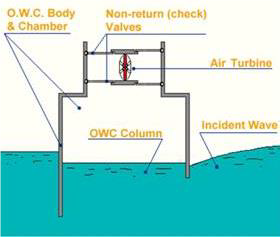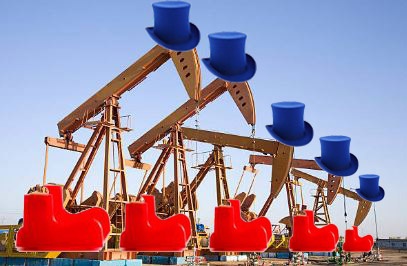Who has not dreamed of living on an island? You’re getting away from it all, walking alone along a secluded beach, as the ocean gently laps at shore…ahhhh. Excuse me – I have to go search for vacation packages!
OK, I’m back. Ironically, the very thing that attracts people to islands is the same thing that makes them a nightmare to live on when disasters strike - being “cut off” from the mainland. A recent example is Puerto Rico, where Hurricane Maria roared through with 190 mph winds that completely wiped out the power across the island. Well over a month later, most of the island is still without power and clean drinking water is in short supply. It will take years for the island to recover.
Other islands struggle with power because of geography. The Pacific island countries have long distances between islands that are sparsely populated. The vast majority of them rely heavily on generators, powered by petroleum products. This makes them very vulnerable to disruptions when importing the fuel.
What can these islands do to protect themselves from the whims of nature and enable economic growth, as well as a better quality of life for their residents? Sure, sun and sand are great, but on a blazing hot day there is nothing like air-conditioning and an ice-cold drink. Luckily, there are more resilient options for islands in a broad range of renewable energy sources. And natural disasters open up an opportunity to rebuild the old distribution system around more “island friendly” options, such as solar, wind, and wave.
Islands are starting to adopt these new sustainable technologies. In March of this year, Tesla® announced that it will be providing solar power and battery storage to the Kauai Island Utility Cooperative (KIUC). The project will eliminate the need to import approximately 1.6 million gallons of fossil fuel per year and provide 13 megawatts of power. Check out the video.
Wind can also play an important role in providing a reliable energy source for islands, depending on their location. Some examples include a proposal to build an artificial island in the North Sea to be able to supply energy to 80 million people in Europe, and smaller wind farms, such as the one off Block Island in the US, which is powering the island as you read this.
One of the lesser explored energy sources is the ocean itself. Oscillating water-air column (OWC) technology uses wave energy to push and pull air through an air turbine to generate electric power. It is one of the most technically viable options for converting wave energy into electric power. Other options include Ocean Thermal Energy Conversion (OTEC), which uses the temperature difference between water at the surface and lower down to generate power, and tidal turbines that are submerged and pull energy from the ebb and flow of the tide.

All of these technologies can help make an island’s power supply more resilient and reliable. Islands such as Puerto Rico, who have to rebuild their entire infrastructure, have an opportunity to rebuilt with more sustainable sources. Other islands, such as Kaua'i, can slowly replace vulnerable power sources with more reliable ones.
These alternative power sources, if abundant, can make any area's power supply more resilient. Remote or sparsley inhabited areas, can bring cost-effective power and a better quality of life for the people who live there.
Many of these sustainable energy solutions have turbomachinery at their heart, which is why Concepts NREC often works with customers in the Green Energy sector. Contact us to learn more. And if you are on a beautiful island, I am sure there will be many people here who would volunteer to come speak to you personally about your needs. Strictly for business of course.





